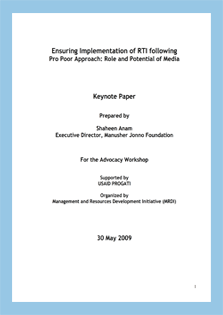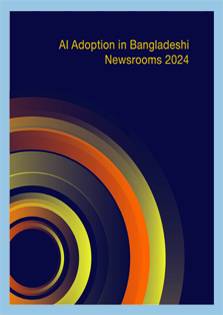
Resources


Media Coverage in Question: Shining Light in Renewables
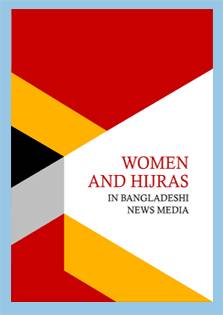
Women and Hijras in Bangladeshi News Media
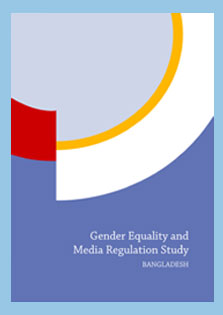
Gender Equality and Media Regulation Study Bangladesh
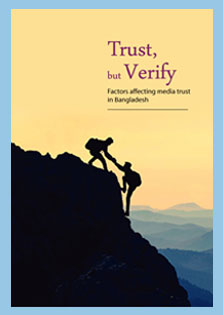
Trust, but Verify: Factors affecting media trust in Bangladesh
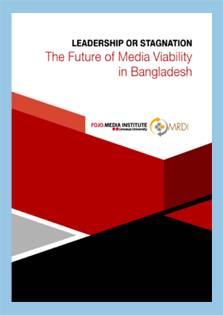
Leadership or stagnation: The future of media viability in Bangladesh
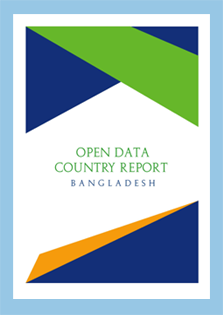
Open data country report
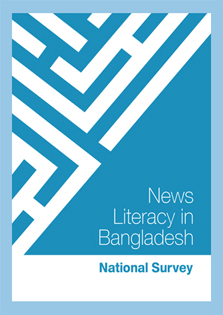
News literacy in Bangladesh national survey
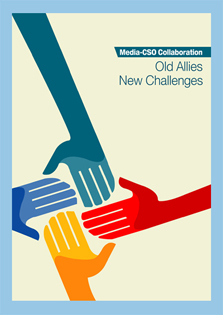
Media-CSO collaboration: old allies, new challenges
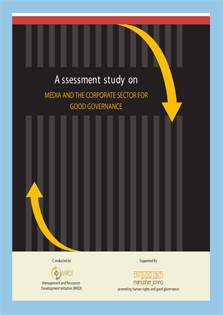
Media and the corporate sector for good governance
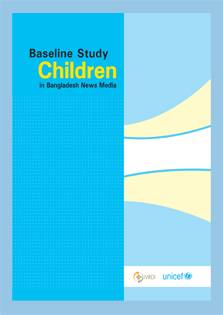
Baseline study: children in Bangladesh news media-baseline
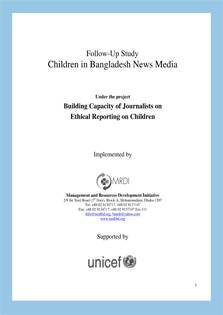
Follow-up study: children in Bangladesh news media
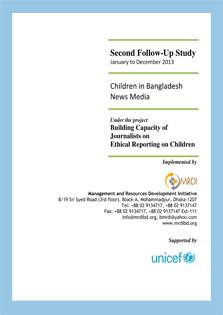
Second follow-up: children in Bangladesh news media
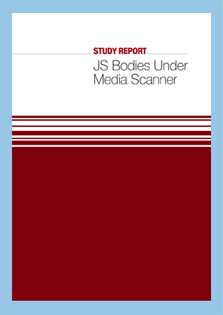
JS bodies under media scanner
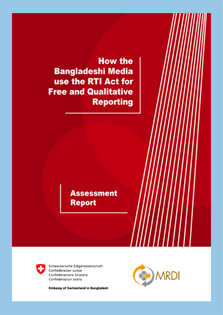
How the Bangladeshi media use the RTI act for free and qualitative reporting
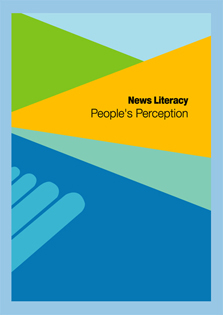
News literacy: people’s perception
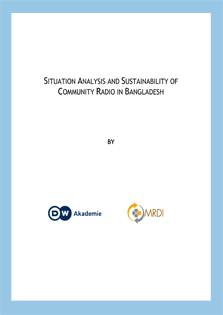
Community radios in northern and eastern regions of Bangladesh
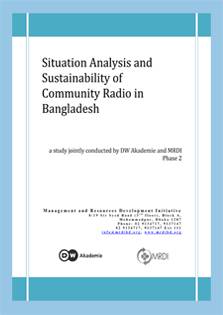
Community radios in southern and western regions of Bangladesh
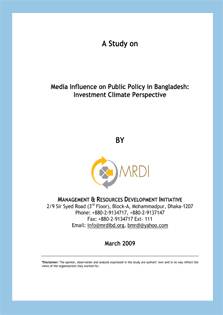
Media influence on public policy in Bangladesh: investment climate perspective

Assessment study- how to best change tobacco control policies in Bangladesh
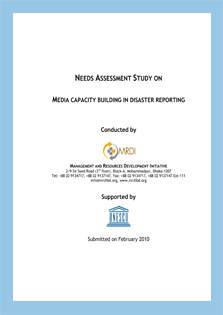
Needs assessment study on media capacity building in disaster reporting

Media content analysis on nutrition
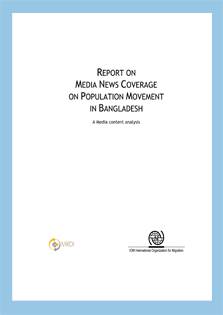
Media content analysis on population movement in Bangladesh
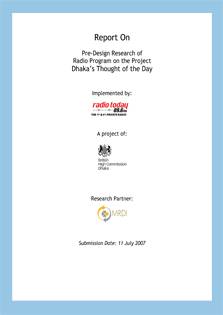
Research report- Dhakas thought of the day
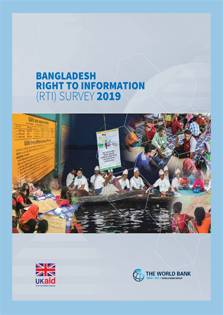
RTI national survey 2019
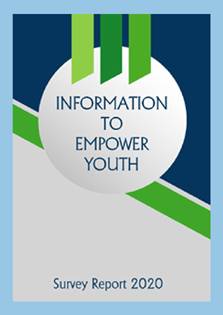
Information to empower youth (survey report 2020)
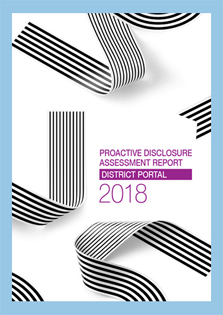
Proactive disclosure assessment report: district portal 2018
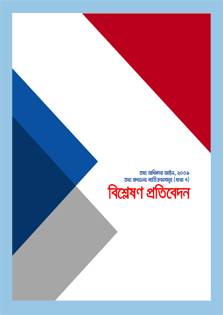
Report perception survey on section 7 of RTIA

Citizens’ access to information in South Asia- diagnostic analysis- Bangladesh chapter
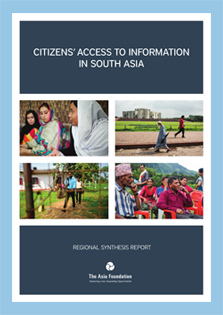
Citizens’ access to information in South Asia: Regional synthesis report
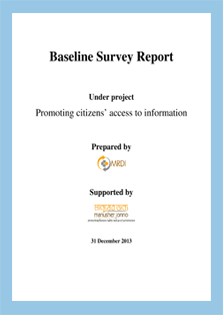
Baseline survey report: Promoting citizens’ access to information project
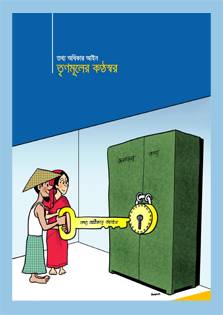
তথ্য অধিকার আইন: তৃণমূলের কন্ঠস্বর ( RTI voice of the grassroots- summary of keynote paper in national seminar ‘RTI: How to move forward’ bangla)
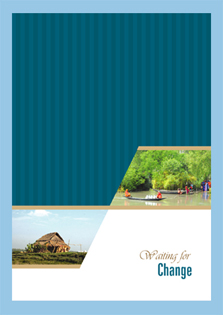
Waiting for change
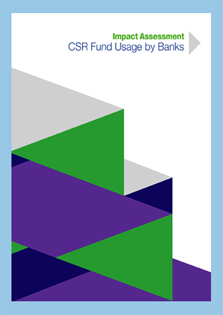
Impact assessment of the CSR fund usage by banks
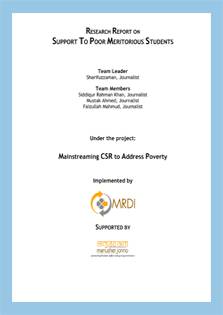
Support to meritorious students
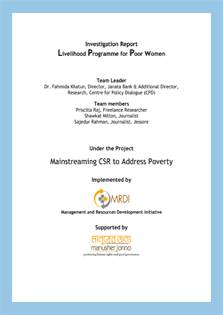
Livelihood programme for poor women
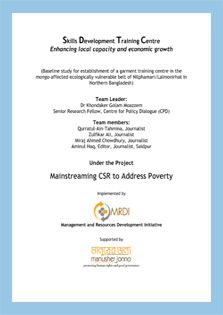
Skills development training centre
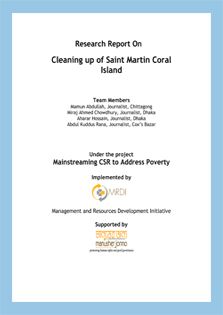
Cleaning up of saint martin coral island
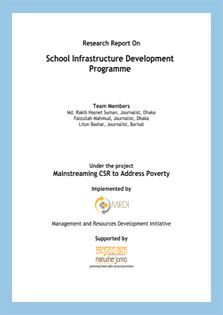
School infrastructure development programme
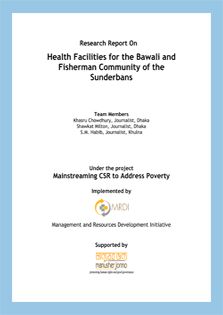
Health facilities for the Bawali and Fisherman community of the Sunderbands
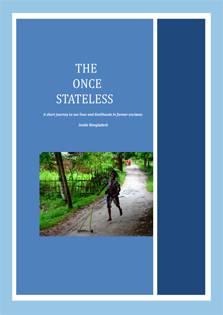
The once stateless: Quick assessment survey on the needs of people of former enclaves in Bangladesh
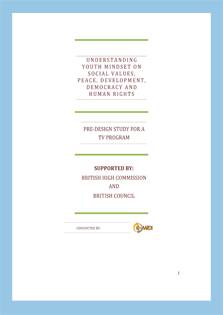
Understanding youth mindset on social values, peace, development, democracy and human rights
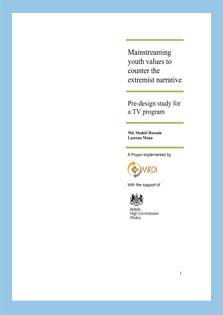
Mainstreaming youth values to counter the extremist narrative
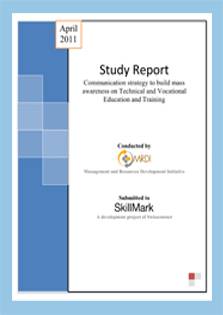
Study report: Communication strategy to build mass awareness on technical and vocational education and training
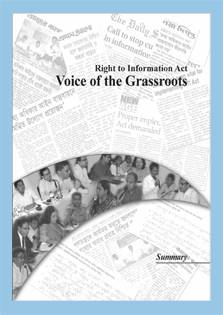
RTI voice of the grassroots english (summary of keynote paper in national seminar ‘RTI: How to move forward’)
